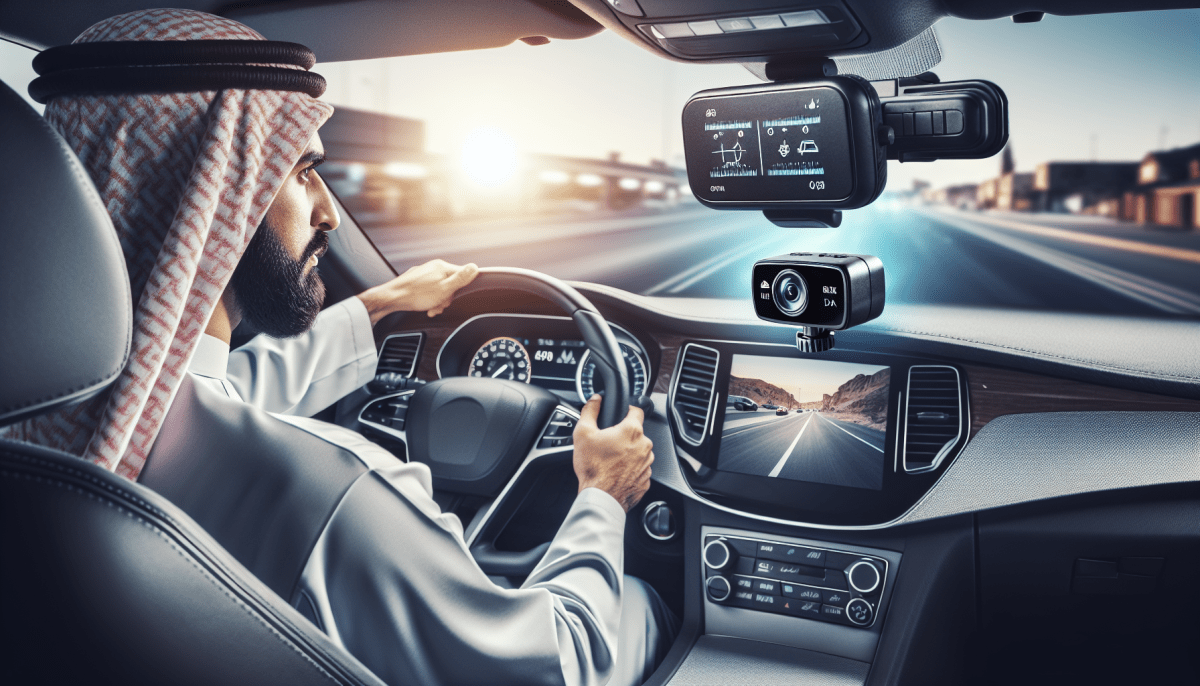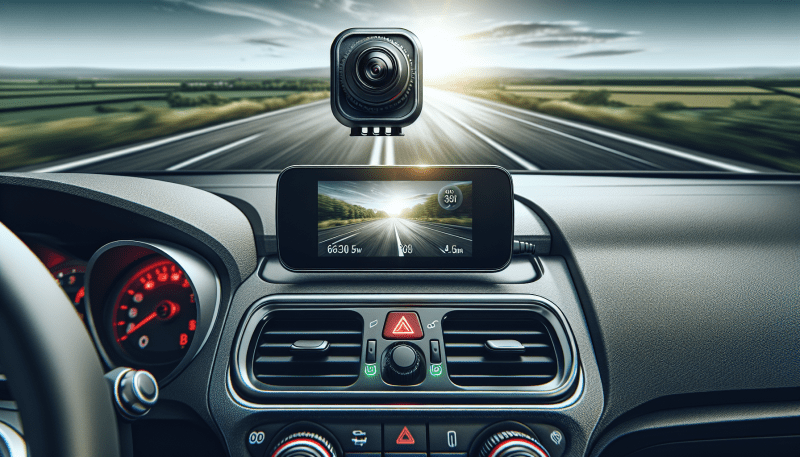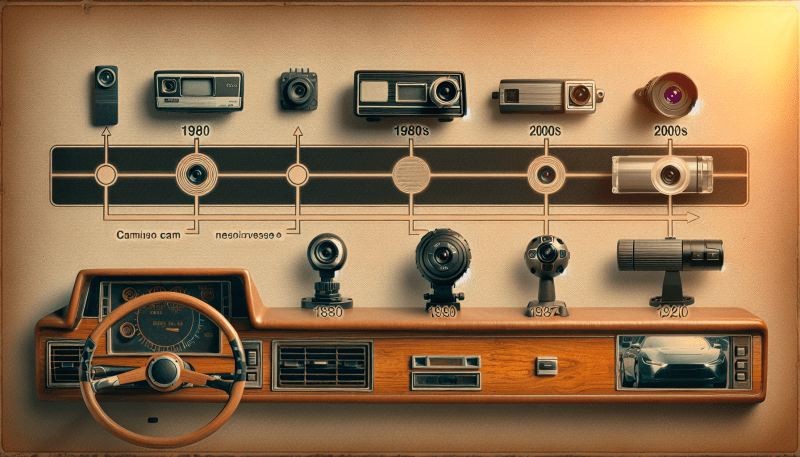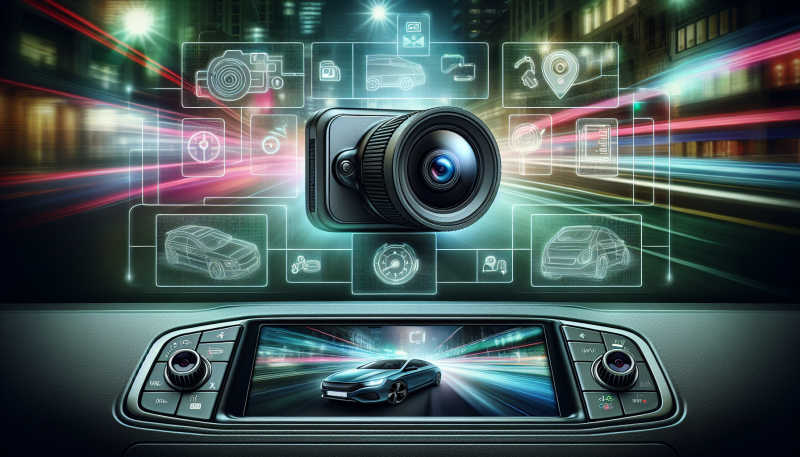When you're on the road, what’s happening behind you can be just as important as what’s in front. That’s where rear view cameras come into play. These handy devices provide a clear view of what's lurking in those blind spots. Whether it’s kids playing, bikes, or other vehicles – you can stay aware and make safer driving decisions.
Installing a rear view camera is often a straightforward process and can usually be done in a few hours. Many models come with easy-to-follow instructions or can be installed by a pro if you’d rather not tackle it yourself. Plus, with options available for various budgets and vehicle types, you're likely to find one that fits your needs perfectly.
Using a rear view camera is like having an extra pair of eyes. You'll be surprised at how much easier it is to reverse and park when you have that added visibility. It all adds up to a smoother, safer driving experience, making every journey just a bit more stress-free.
Benefits of Rear View Cameras
Rear view cameras are a game changer for drivers, making it easier and safer to navigate tight spots. One of the biggest benefits is improved visibility. These cameras give you a clear view of what’s behind your vehicle, so you won’t miss that kid on a bike or a shopping cart sneaking up on you. It’s like having a co-pilot watching your back!
Another great thing about rear view cameras is they help prevent accidents. With the added perspective, drivers can maneuver more confidently in reverse. This means fewer dings and dents, and a lot less stress when backing out of a driveway or parking space. They often come with features like guidelines that help judge distances, which makes reversing even simpler.
Don’t forget about convenience! Rear view cameras take the guesswork out of parallel parking or fitting into tight spaces. No more craning your neck or relying solely on mirrors. You can see everything you need on the screen, which is especially helpful in crowded areas. Plus, many models can integrate with your vehicle’s display, giving you a seamless experience.
Lastly, let’s talk about peace of mind. Knowing that you have extra help when backing up can make driving more enjoyable. It boosts your confidence on the road, especially for new drivers or those who may be a bit nervous. A rear view camera is not just a luxury; it’s a smart addition that enhances safety for everyone around you.
Choosing the Right Rear View Camera
When it comes to picking a rear view camera, you want one that suits your vehicle and your unique needs. Not all cameras are created equal, and understanding what features to look for can make a big difference in your driving experience. Here are a few key factors to consider:
Another important aspect to consider is the installation process. Some cameras are easier to mount than others. If you're not confident with DIY tasks, look for a model that can be easily installed or consider hiring a professional. Additionally, check if the camera comes with any necessary wiring or mounting tools, as this can save you headaches later.
Lastly, don't forget about compatibility with your existing display system. If you already have a screen in your car, make sure the camera can connect with it seamlessly. Many cameras work with smartphones now, which adds extra convenience. Do a little research, read reviews, and pick the one that checks all the boxes for you!
Easy Installation Tips for Your Camera
Installing your rear view camera doesn’t have to be a headache. With a few helpful tips, you can get it set up quickly and smoothly. Let’s dive into some easy installation hacks that can make this project a breeze.
1. Gather Your Tools:
Before you start, make sure you have all the necessary tools handy. You’ll typically need a screwdriver, a wrench, and some electrical tape. Having everything ready will save you a lot of time.
2. Choose a Good Mounting Spot:
Finding the right spot for your camera is key. Look for a location that offers the best view of what’s behind you. Most people opt for just above the license plate. Ensure it’s securely mounted to withstand bumps and vibrations.
3. Run the Wires (If Needed):
If your camera requires wiring, running the cables neatly can make a big difference. Try to route the wires along existing channels in your car to keep them tucked away and safe from damage. A little zip tie action can help keep everything organized.
4. Connect to Power:
If you're connecting the camera to your car’s power, you have a couple of options. You can splice it into your reverse light or use a power accessory. Just make double sure connections are secure and insulated with electrical tape to prevent shorts.
Once you're all set up, it might be a good idea to test everything out before hitting the road. Take your time, and don’t hesitate to refer to your camera’s manual for any specific instructions. Happy driving!



